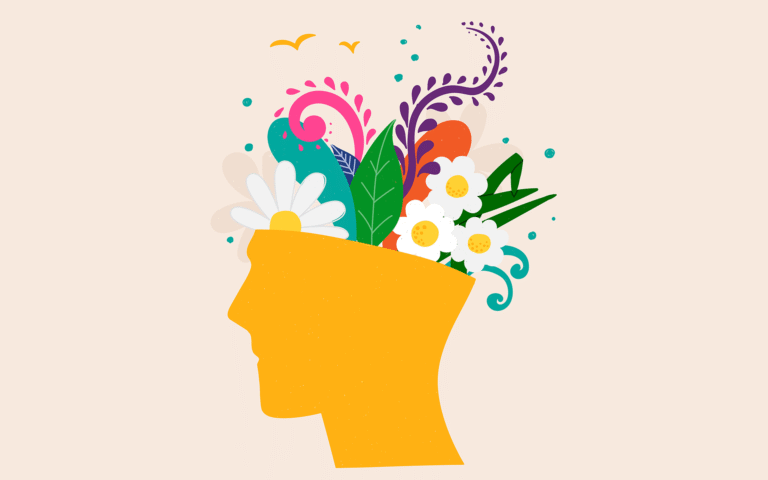“`html
Anxiety can often trap us in unwanted behaviors. This mindfulness technique helps calm racing thoughts by encouraging a focus on physical awareness.
Throughout my exploration of habits in the brain and the benefits of mindfulness, I’ve discovered that curiosity serves as a powerful tool. It allows people of any age, language, or background to connect deeply with their experiences. Curiosity taps into our innate sense of wonder and engagement, placing us in a receptive state. When we approach our habits with this mindset, we become better equipped to break old patterns and create new ones.
Now, let’s go through a straightforward curiosity exercise. This quick two-minute practice can act as an emergency tool when anxiety arises.
Step 1:
Choose a quiet and comfortable spot. Whether sitting, lying down, or standing, ensure you can focus without distractions.
Step 2:
Think back to a recent moment when you encountered a habit loop—this is any behavior you tend to revert to when feeling stressed or anxious.
Try to visualize that moment and relive your feelings just before acting on your habit. What sensations arose in you at that moment?
Step 3:
Check in with your body. What sensation stands out to you right now?
Here’s a list of sensations to choose from. Select just one that resonates the most:
- Tightness
- Pressure
- Contraction
- Restlessness
- Shallow breath
- Burning
- Tension
- Clenching
- Heat
- Pit in stomach
- Buzzing/vibration
Step 4:
Locate where this sensation is in your body. Is it more prominent on one side compared to the other? Is it in the front, middle, or back of your body? Where do you feel it the most?
Also, consider if your curiosity about where the sensation is located enhances your awareness of it. Did being curious help you connect more with that feeling?
Step 5:
Investigate any other sensations in your body. If the initial sensation persists, allow your curiosity to guide you in noticing any additional feelings. Are there other sensations present? How do they respond when you focus on them with curiosity? Do they shift? What do you feel when you delve deeper into what those sensations are like?
Step 6:
Observe these sensations for the next 30 seconds, without trying to change anything—just watching them. Do they alter at all when approached with a mindset of curiosity?
Whenever I practice this, I like to use the sound “Hmmmm”—the natural sound we make when we’re curious (not to be confused with the mantra “Om”). Saying “hmm” helps me shift from overthinking to experiencing my curiosity directly. It also adds a playful, joyful aspect to the exercise, reminding me not to take things too seriously.
This brief exercise serves as a way to introduce curiosity and enhance your awareness of what’s happening in your body and mind. If you find that being curious grants you even a moment more of connection with your thoughts and feelings, you’ve made significant progress.
You might wonder, “What if I’m not curious?” In that case, try using the sound “hmmm” to engage with your current situation. Ask yourself, “Hmm, what does it feel like to lack curiosity?”
This approach helps shift from a problem-solving mindset to a curious awareness of your sensations and emotions, guiding you from your thoughts into your feelings.
For more insights and scientifically supported techniques to manage your anxiety, check out the Unwinding Anxiety app.
Untangling Your Anxiety Habit Loop
Managing anxiety can be challenging, but by recognizing how our anxious patterns emerge in daily life, we can begin to untangle them.
Read More
“`


